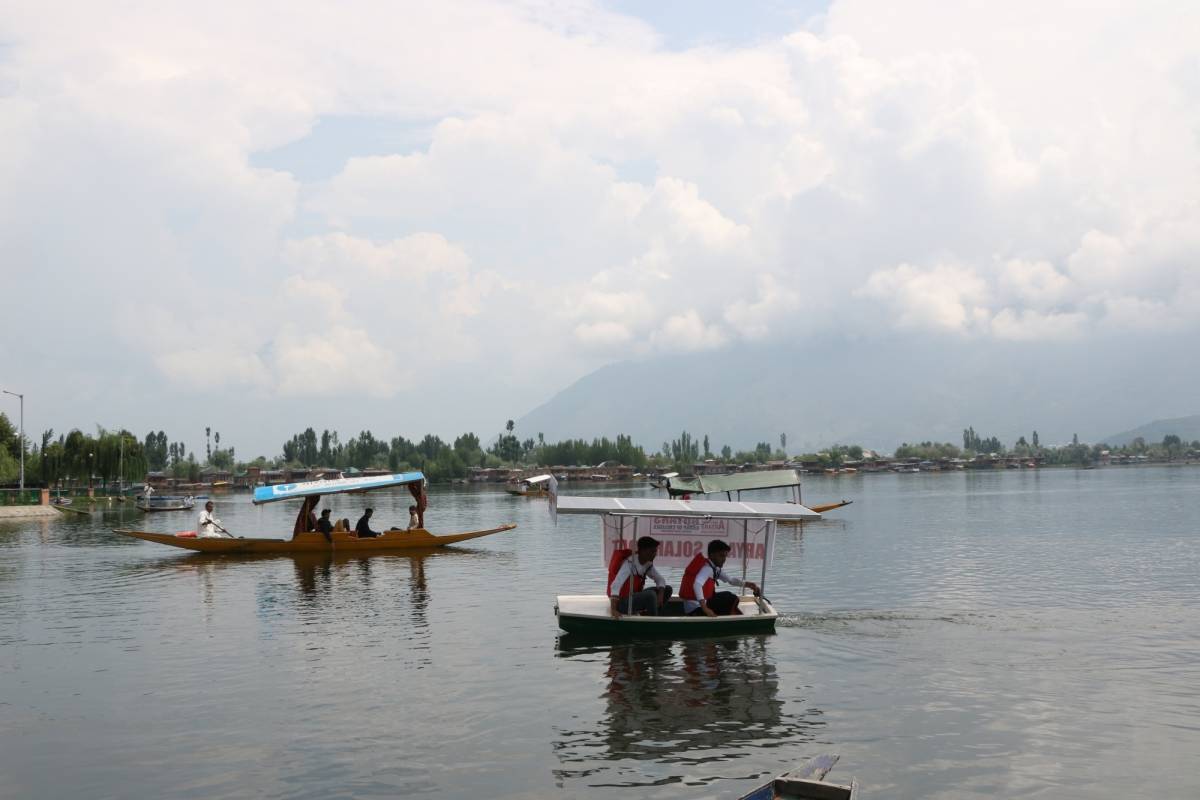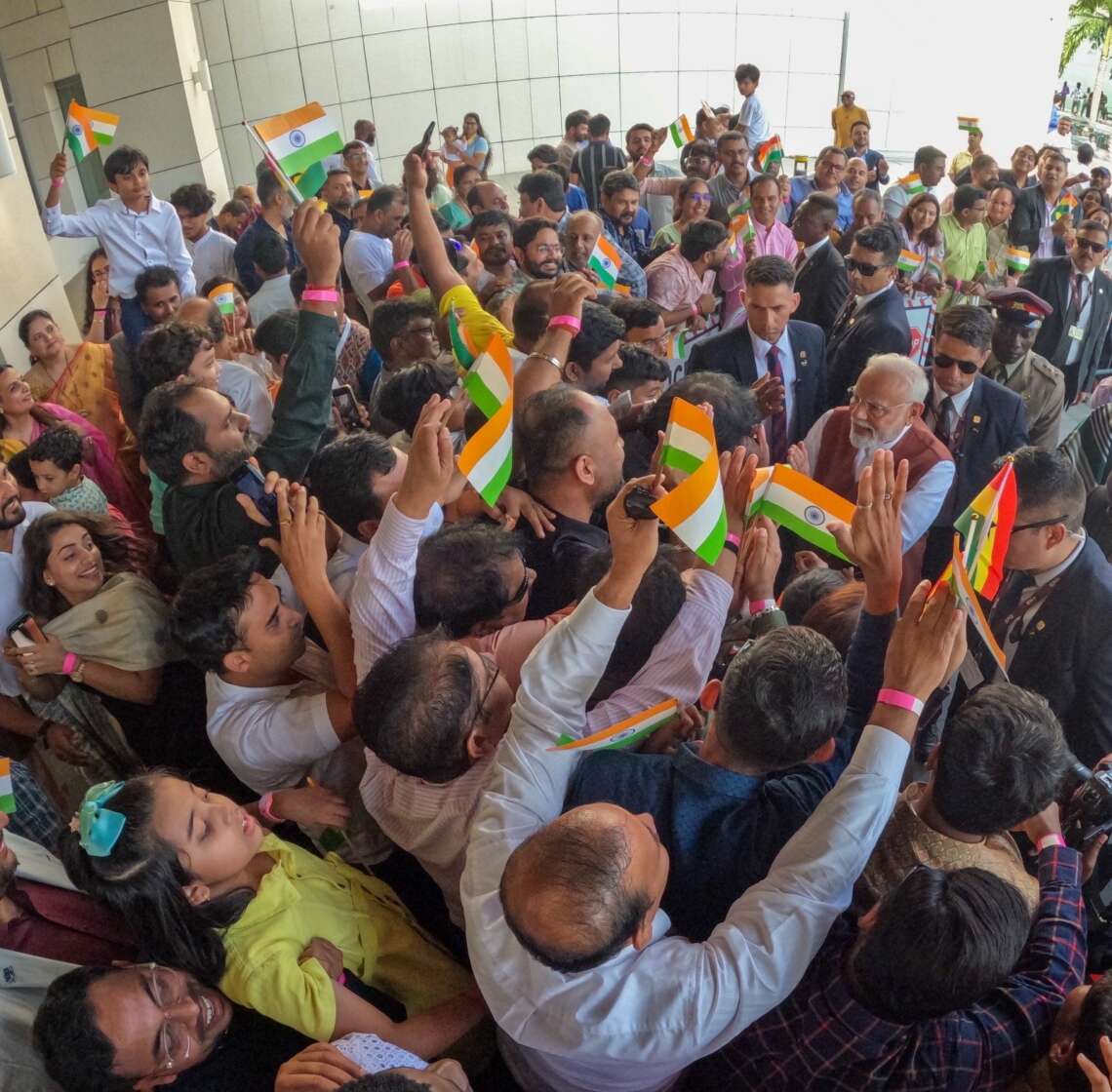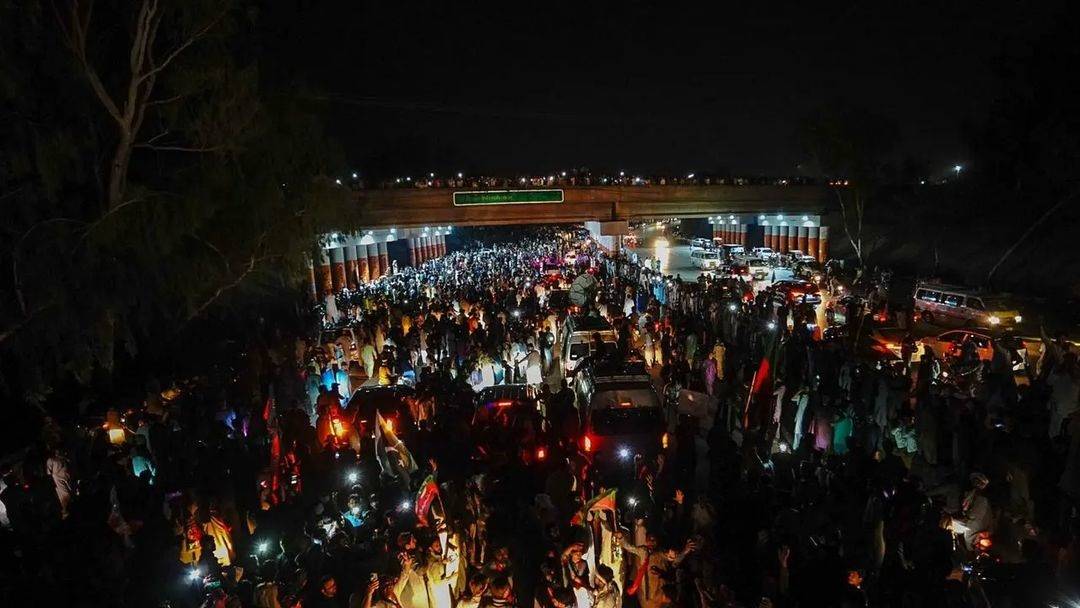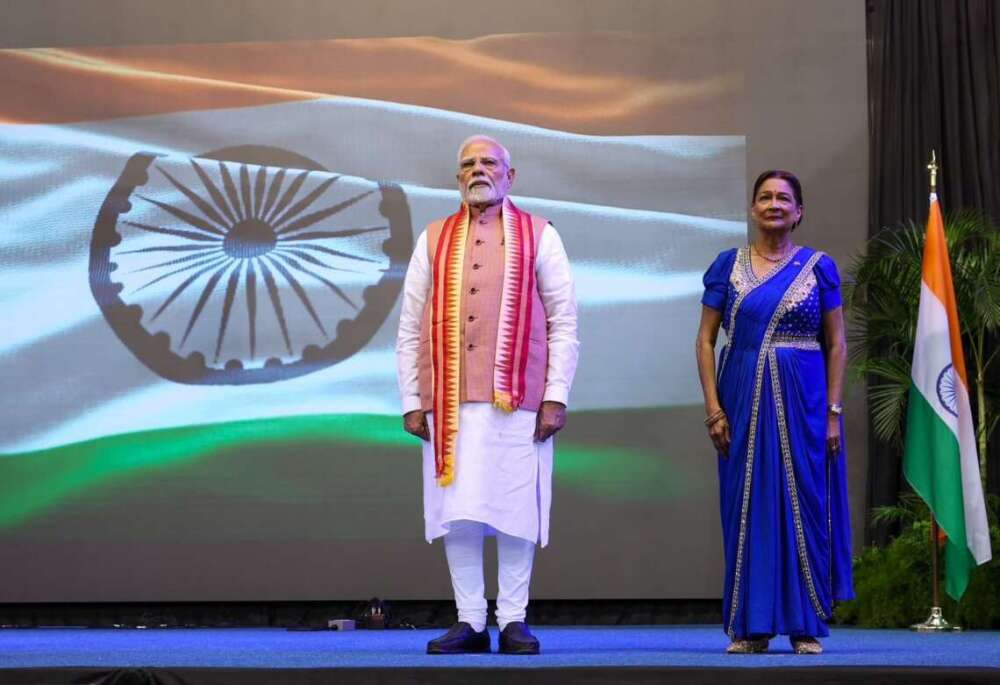Besides, in order to give alternatives to traffic congestion taking place on roads, Dessai said that the government is considering starting more routes in inland waterways….reports Asian Lite News
Goa’s iconic river ferry boats will soon go for a makeover with the government mulling solar power driven ferries for river transport.
“Traditionally, ferry boats are operating (on diesel)… we want innovations in that,” Goa River Navigation Department minister Subhash Phal Dessai said on Thursday.
“We want some solar energy to eliminate cost cutting and sound pollution. We will try to procure some engines of that sort,” he said, speaking to reporters at Margao in South Goa.
He said that the government is trying to introduce green fuel in the River Navigation.
“We need to introduce this new form of energy to replace the existing diesel-powered engines,” Dessai said.
Besides, in order to give alternatives to traffic congestion taking place on roads, Dessai said that the government is considering starting more routes in inland waterways.
According to Dessai, there is a need to reduce the traffic congestion taking place on roads and the only alternative to it is starting new routes in waterways.
He said the government is collecting the data of road congestion and new routes to start in waterways.
Kurdi remains underwater
Kurdi, a submerged village in south Goa, emerges once every year, when summer is at its peak and the catchment area of the Selaulim dam nearly dries up.
This year, thanks to unseasonal, but heavy pre-monsoon showers, Kurdi has remained underwater. This has led to cancellation of the Someshwar Maha Utsav, an annual festival held at the Someshwar temple when it surfaces in the summer months of April and May.
The cancellation of the festival has led to disappointment, especially among the former residents of the village, who were relocated by the government, after the construction of the Selaulim dam in whose catchment, the village lies submerged most of the year.
Gurucharan Kurdikar, a software engineer working in Bangaluru, said that the Maha Utsav had started in the year 2015 with a gathering of few people. It rose to around 6,000 people in the year 2019. “Because of COVID restriction for the last two years we couldn’t hold it in a big way, however, only ‘Abhishek’ was performed,” said Kurdikar, one of the organisers.
“For last eight years, the displaced villagers are having celebrations at the temple. However, we couldn’t hold it for the last two years because of COVID restrictions and even this year as the temple remains under water,” said another villager.
Subhash Phal Dessai, Sanguem MLA and Minister in Pramod Sawant’s government, told IANS that pre-monsoon showers are the sole reason behind cancelling the festival. “Temple wasn’t exposed this year as pre pre-monsoon shower continued to lash the area. Hence, the temple remained in water,” he said.
Responding to the question whether Salaulim Dam authorities failed to release water from the temple area, Dessai said that rain was only the reason. “Dam authorities are not at fault,” he said.
Some locals had complained that failure of dam authorities to release water for irrigation, fearing shortage of potable water, had resulted in the temple remaining in knee deep water.
Someshwar temple dedicated to lord Shiva has remained intact despite being submerged for at least ten months in a year. About 630 houses located in this area were rehabilitated to other nearby villages for the construction of a dam which provides water to most parts of Goa. Now the whole area of this village (old Kurdi) remains under water.
The dam was constructed five decades ago. Since then the displaced villagers visit the temple and offer a prayer in April and May when water recedes.














